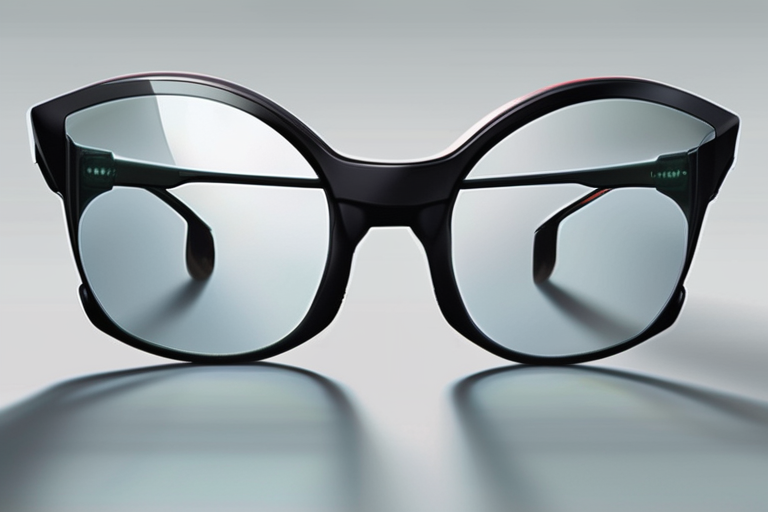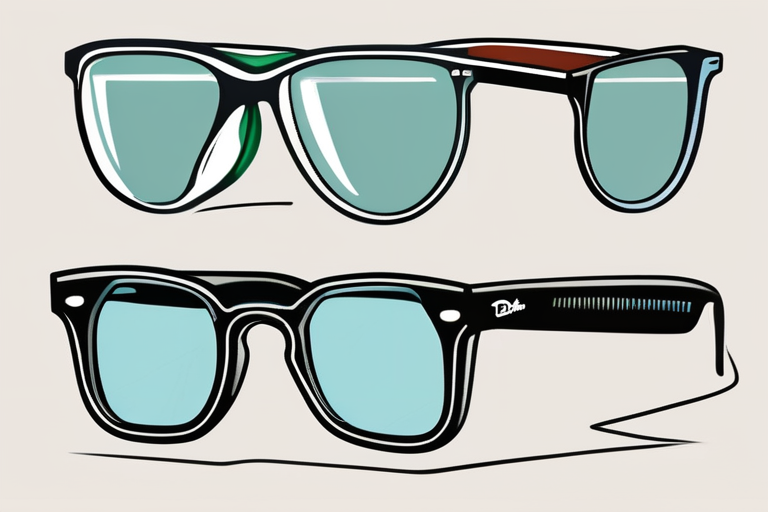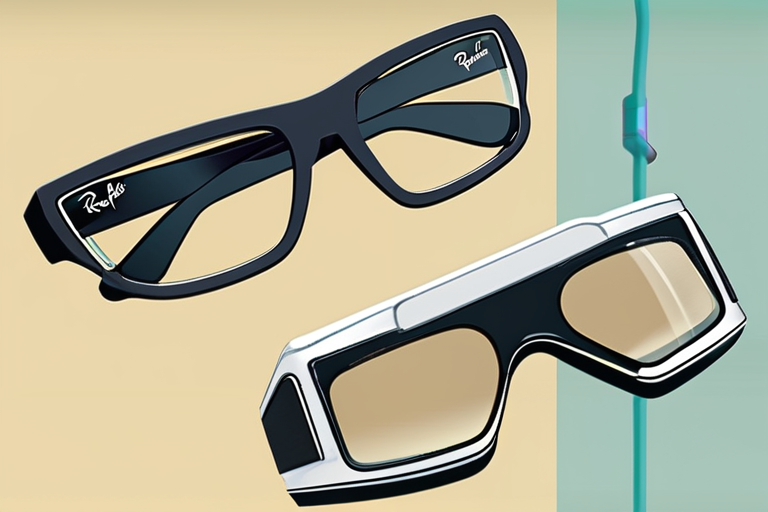Ray-Ban Meta 2.0: Smart Glasses Evolve into Practical Reality


Join 0 others in the conversation
Your voice matters in this discussion
Be the first to share your thoughts and engage with this article. Your perspective matters!
Discover articles from our community

 Hoppi
Hoppi

 Hoppi
Hoppi

 Hoppi
Hoppi

 Hoppi
Hoppi

 Hoppi
Hoppi

 Hoppi
Hoppi

Meta Connect 2025: Smart Glasses Take Center Stage The Meta Connect 2025 event was a packed under-an-hour show that left …

Hoppi

Meta Ray-Ban Display Glasses Revolutionize Smart Eyewear In a breakthrough that has left tech enthusiasts abuzz, Meta's latest innovation, the …

Hoppi

Meta Unveils Second-Generation Ray-Ban Smart Glasses at Connect Conference Meta has unveiled its second-generation of Ray-Ban smart glasses during the …

Hoppi

Meta Ray-Ban Smart Glasses Revolutionize Wearable Tech with In-Lens Display In a groundbreaking move, Meta and Ray-Ban have launched the …

Hoppi

Meta Ray-Ban Glasses Comparison: Buying Advice for 2025 In a comprehensive review, ZDNET compared both generations of Meta's Ray-Ban glasses, …

Hoppi

Meta's Ray-Ban Smart Glasses Evolve with Screens and Wristbands: A Step Towards Augmented Reality Integration At Meta's annual Connect developer …

Hoppi